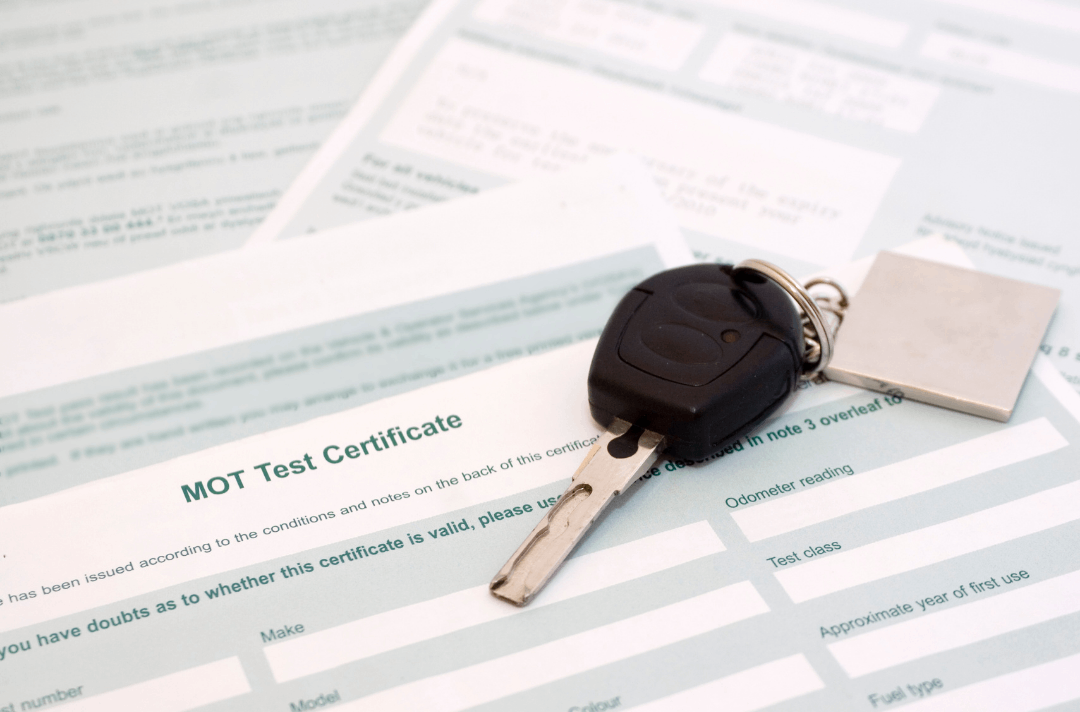The process of buying a used car from a dealer is not always so straightforward. When we are shopping for a used car, we need to find something that is perfect but will still go the distance.
When you've decided on your ideal used car from Motor Match, what happens next?
While many cars are ready to drive off the forecourt, there may be some preparations needed to ensure that your vehicle is ready to go.

How to Pay for a Used Car
When purchasing a used car, you can go through numerous options and may even opt to part exchange. You can choose to pay by cash, debit card, credit card, or electronic transfer. Each one is subject to fees, apart from the cash or debit card.
You can arrange to pay using finance, either arranged by a trader, or by yourself, or you can choose to purchase a vehicle through Hire Purchase (HP), Personal Contract Purchase (PCP), Personal Contract Hire (PCH), or personal loans.
Checking the Vehicle’s History
Doing some simple checks will give you the chance of purchasing a car that gives you a bit of peace of mind. You can do some checks yourself, by getting the information from the DVLA. If you want to do your own background history checks, you need the make and model, mileage, MOT test number, and registration number. You can use the free online vehicle information checker.
As vehicles need regular MOT tests to make sure they are ready for the road, you can also check the MOT history of a car on the Government website. Most cars over three years old require an MOT test every year. The only discrepancy is if a car was used for a period of time, in which case, it would be registered as SORN (Statutory Off Road Notification).
Other Information You Should Get from the Seller
Logbook
The logbook (V5C) is an essential car registration document. You will need reference numbers from this to prove that you are the registered keeper of the vehicle, but also if there are any issues further down the line, you will need this document when taking the car in for services and repairs. There can be rare occurrences where the seller has lost their V5C, but you can apply for a replacement.
Getting your Road Tax in Order
When going through a dealer, it is important to remember, whether you are buying through a dealership or not, if you want to drive a vehicle, it has to be taxed in your name. This means you need to tax it with the DVLA prior to the delivery of the vehicle. The tax starts at the beginning of the month you bought the vehicle. There are exceptions to the rule when you would not have to pay car tax. Cars that emit less than 100g/km of carbon dioxide (CO2) and electric vehicles are exempt.


Proof of Purchase
After you've purchased the vehicle, it's not just common sense, but absolutely crucial to have a receipt. The receipt should contain the full details of the buyer and the seller, including names and addresses, date of the purchase, and the specifications of the vehicle (including mileage and registration number). Also, there should be confirmation that the seller has received the agreed amount of money for the vehicle. The receipt needs to be signed by both parties, as proof of purchase and payment. In addition, some extra documents that you will need, depending on how you pay for it, includes the information on financing, which will include the finance information, the “on the road” price of the vehicle, the part exchange amount offered, the settlement figure, as well as any outstanding balance due from the finance. The finance details will also show you the terms of the deal, such as how many payments you have left on the payment of the vehicle. If you have a service plan with the dealership, they will also provide outlines of the service plan.
MOT Status
You should ask the seller for the most recent MOT certificates, as well as any older MOT certificates. If the vehicle has failed any MOTs in the past, you have the right to question why. It is also crucial to check for any advisory notes written on the MOT certificate.
Service History
If you've already done background checks to see if there were any MOTs done on the vehicle, you also need to check the car service history, with any records of the work done noted in the vehicle’s service book. The service book will contain all of the information relating to the garages, the dates, work done, miles covered, and the costs of each time the car was serviced. The service book should also be stamped. The only exception to this is if the service record was maintained digitally. The service history book will give you insights into if a vehicle has been looked after, but will also show you if the mileage is genuine, and if there have been any recurring problems with the vehicle or if there’s any missing service history.

